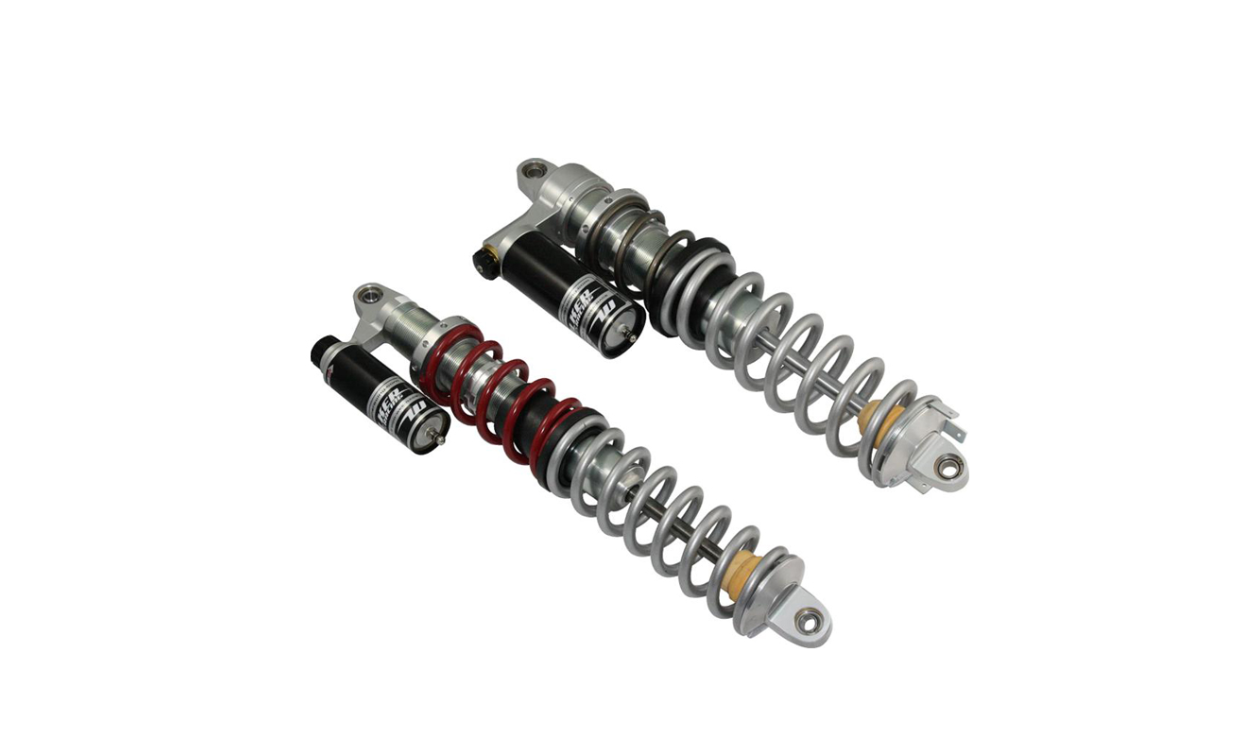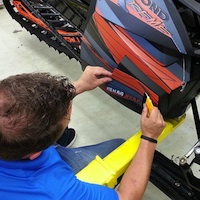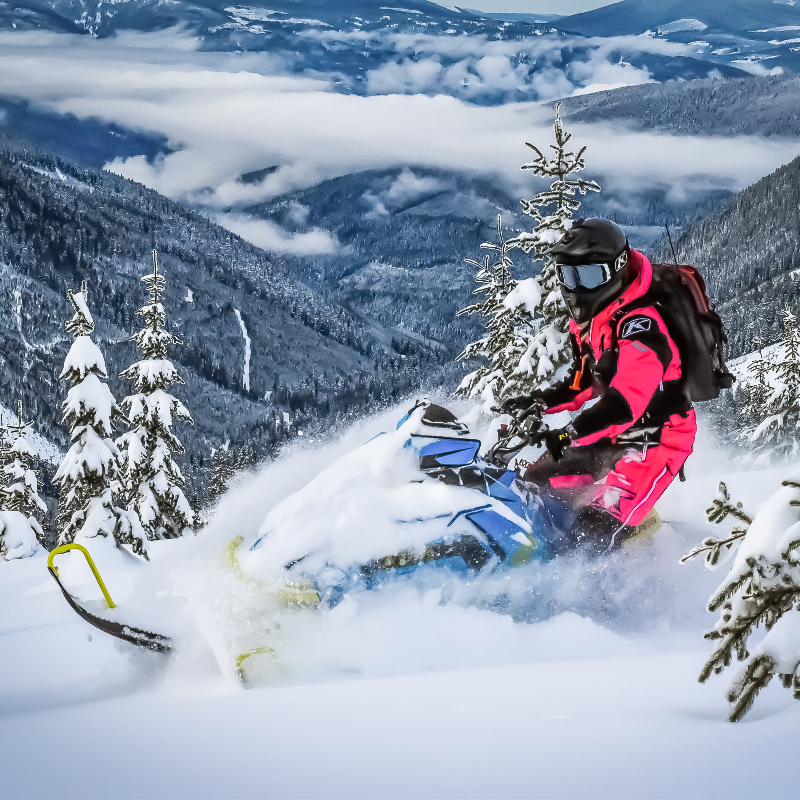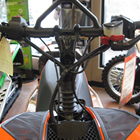Suspension setup can make or break your riding experience—no two ways about it. Suspension is important for many reasons: it transfers your power to the ground, affects your ability to manoeuvre and handle your sled and it greatly affects how you feel about your sled. Wrestling with your suspension can leave you absolutely exhausted, and completely frustrated by the lack of response your sled demonstrates.
Units prior to 1990 didn’t have a lot of emphasis put on the suspension of these rides. It was a pretty clunky, bumpy ride. Fast forward into 2023, and you’ll see some of the most technologically advanced units ever built, suspension being one of the main selling features of the units offered in today’s market. Everyone is encouraged to read their owner's manual for the specific information unique to your ride.
Energy transfer
Ultimately, you want your suspension to be balanced. Adjustments to the front suspension transfer the energy to the rear suspension. Lowering the front will unload the rear, causing it to top out. Raising the front suspension lowers the rear suspension's ride height.
Each rider’s needs are unique. For example, the suspension setup for a 200-pound person would be a completely different setup than one set up for a 120-pound person. The lighter person would probably have a softer setup all around, especially in the front.
The type of riding also dictates the type of suspension setup. For those who are climbing hills, they tend to want to suck in the limiter straps, preventing the sled from doing wheelies, which reduces the overall contact of the track in the snow. Wheelies are cool to look at but if you want to make it to the top, the track usually has to be touching the snow! If a suspension is set up too stiff, you may find that it wants to just saw its way into the snow, rather than popping up, causing unnecessary stucks.
Shocks
There are a few types of shocks. There are coil shocks—like those that are standard on Arctic Cat M8s. These shocks are adjusted with a simple tool to either increase or decrease the shock pre-load. Nitrogen-filled shocks, such as the Walker Evans shocks, rely on nitrogen and oil to manipulate your shock pre-load. Finally, there are air shocks, as seen in the Fox Floats, which utilize air to adjust pre-load.
When a shock craters, it doesn’t necessarily need a nitrogen or air refill. Quite often what happens is a seal has worn out or failed, causing the shock to lose oil. The reciprocating effect is that the shock will pull in water, which inevitably freezes. This completely collapses the suspension. First thing in the morning, when you pull your sled out, it will seem just fine, but an hour into the ride, all of a sudden there is no play in the shock. This shock needs to be repaired—at the very least, change the shock oil.
There are some do-it-yourself shock rebuild kids on the market, and your local motorsports dealership can help rebuild that shock for you. If you want to save a few bucks, remove the shock yourself so as to decrease the amount of shop time needed to repair it.
One of the most important aspects of personalizing your suspension is ensuring your sled has the correct spring rate for your weight. It may be a lot of trial and error at first, but taking the time to set up your suspension for your body and your riding style will make all the difference in the world.







